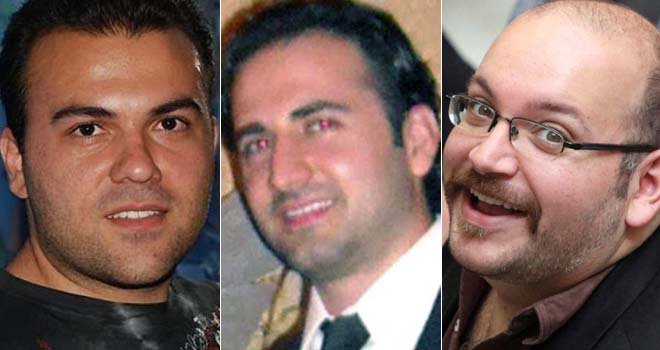FATE FOUNDATION is Nigeria's foremost non-governmental entrepreneurship training organisation which fosters wealth creation by promoting business and entrepreneurial development among Nigerians.
Founded in March 2000, by Fola Adeola (OFR), FATE Foundation through it's Entrepreneurship Education, Business Supports, and Research and Policy programs furnishes aspiring, emerging and experienced entrepreneurs with training, knowledge and information on how to start, grow and sustain their businesses in the Nigerian economic environment.
Application is on-going for FATE FOUNDATION's 2016 Aspiring Entrepreneurs Program (AEP):
For more information on FATE FOUNDATION, please visit:
http://www.fatefoundation.com
www.fatefoundation.com/aep
www.fatefoundation.com/bass
www.fatefoundation.com/calendar
http://www.fatefoundation.com
www.fatefoundation.com/aep
www.fatefoundation.com/bass
www.fatefoundation.com/calendar




